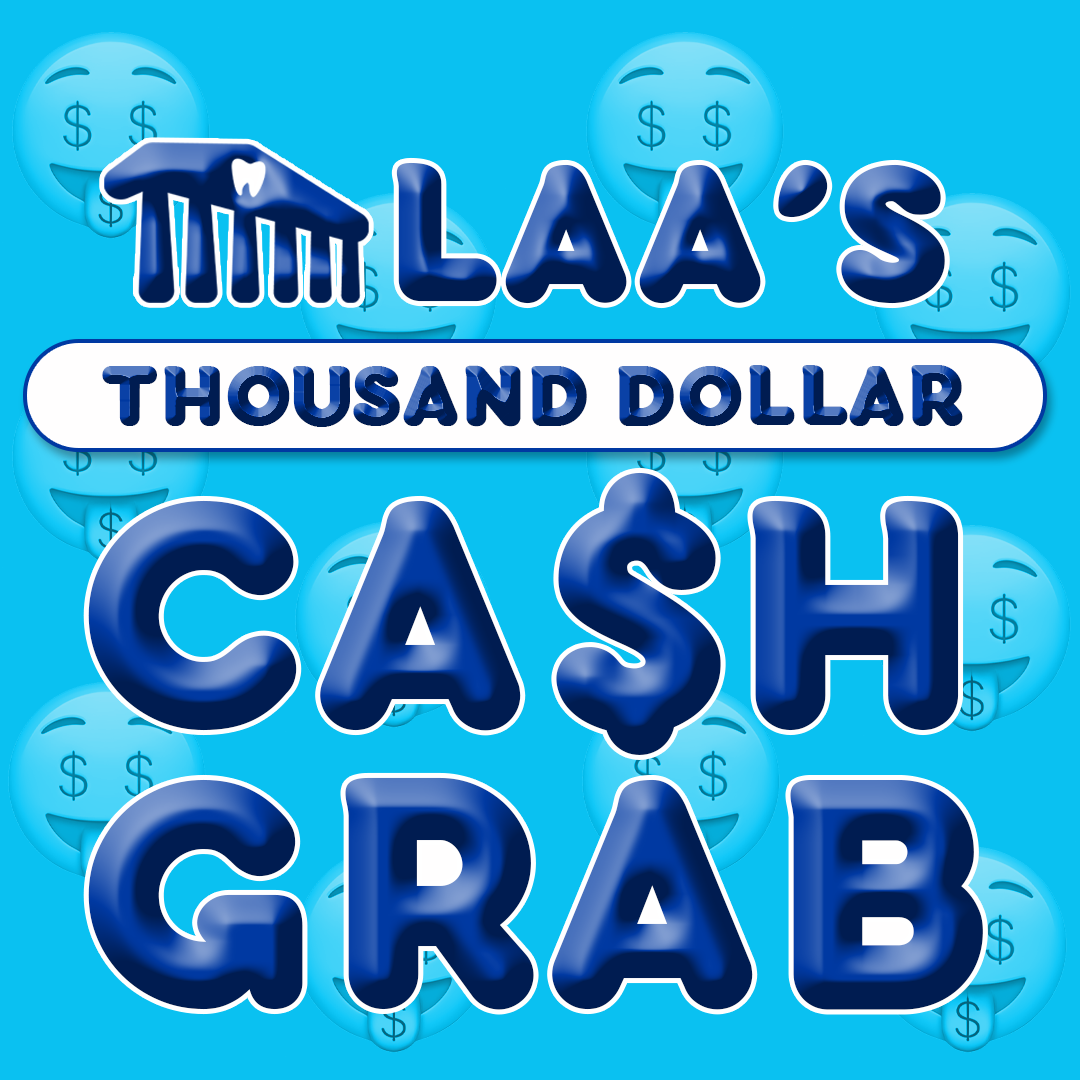When it comes to brushing your teeth, everyone has their own habits. Some people wet their toothbrush before putting on toothpaste, some do it afterward, and others may not wet it at all. While it might seem like a small detail, many people wonder which method is best for their dental health. This article explores whether you should wet your toothbrush before or after applying toothpaste, as well as other related questions that can help you get the most out of your brushing routine.
What Does Wetting Your Toothbrush Do?
Wetting your toothbrush before or after applying toothpaste helps soften the bristles, making brushing more comfortable. When bristles are stiff and dry, they can feel harsh on your gums and the surfaces of your teeth, especially if you have sensitive gums or teeth. Adding a bit of water to the brush makes the bristles gentler.
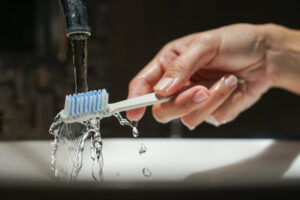
Wetting the toothbrush also helps create more foam from the toothpaste, which many people associate with a thorough clean. The foam helps the toothpaste spread easily across all areas of your mouth, making it easier to clean each tooth effectively.
Benefits of Wetting Your Toothbrush:
- Softer bristles, which are more comfortable.
- More foam, helping the toothpaste spread.
- A gentler brushing experience for sensitive gums.
Is It Better to Brush with a Dry Toothbrush?
Some dental experts believe that brushing with a dry toothbrush might offer certain benefits. A dry toothbrush doesn’t dilute the toothpaste with water, allowing the fluoride and other ingredients in the toothpaste to be more concentrated. Fluoride is a key ingredient in toothpaste that strengthens tooth enamel and helps prevent cavities.
Brushing with a dry toothbrush can also make you more aware of where the toothbrush is moving in your mouth. With no extra moisture, it may be easier to control the brush and focus on each individual tooth. However, many people find brushing with a dry toothbrush uncomfortable, especially if they have sensitive gums.
Pros and Cons of Brushing with a Dry Toothbrush:
Pros:
- More concentrated toothpaste, so you get maximum fluoride benefits.
- Greater control and awareness while brushing.
Cons:
- Can feel uncomfortable or too harsh for some people.
- Less foaming, which might make it harder for the toothpaste to spread.
Should You Brush Your Teeth with Water After Toothpaste?
This is another common question. Many people rinse their mouths with water after brushing their teeth, but is this a good idea?
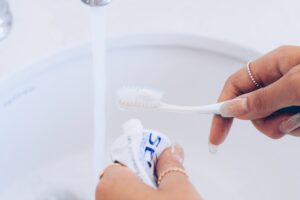
Rinsing your mouth with water after brushing can wash away some of the beneficial fluoride in your toothpaste. Since fluoride helps protect your teeth from decay, rinsing immediately after brushing may reduce its effectiveness. Dentists often recommend spitting out excess toothpaste instead of rinsing, allowing the fluoride to remain on your teeth longer.
However, if you find the taste of toothpaste too strong or you prefer a fresh mouthfeel, rinsing with water is fine. Just remember that if you want the fluoride to work its magic, it’s better to minimize rinsing or to use a fluoride mouthwash instead.
Alternatives to Rinsing with Water:
- Spit out the excess toothpaste without rinsing.
- Use a fluoride mouthwash to get fresh breath without removing fluoride from your teeth.
When Should You Wet Your Toothbrush – Before or After Applying Toothpaste?
There’s no hard and fast rule about when to wet your toothbrush. It mostly comes down to personal preference. Some people like to wet their toothbrush before applying toothpaste because it softens the bristles and makes the brushing experience more comfortable. This method also helps spread the toothpaste across the brush more evenly.
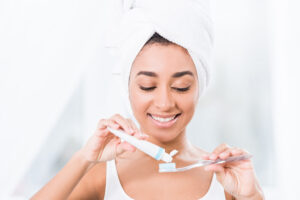
Others prefer wetting the toothbrush after applying toothpaste, feeling that this helps activate the toothpaste, creating a foamy texture once they start brushing. If you have thick toothpaste, adding water afterward can help it spread more easily in your mouth.
Then there are those who skip wetting the brush altogether, finding it unnecessary or simply out of habit. The truth is, there’s no wrong way to do it, as long as you’re brushing properly for the recommended two minutes.
Popular Methods:
- Wetting Before Toothpaste: Softens bristles and spreads toothpaste on the brush.
- Wetting After Toothpaste: Helps activate the toothpaste and create foam.
- Not Wetting at All: Preserves the full strength of toothpaste ingredients.
How Much Water Should You Use with Your Toothbrush?
Whether you wet your toothbrush before or after toothpaste, the amount of water you use matters. You don’t need to drench your toothbrush in water. Using just a small splash is enough to soften the bristles and create some foam. Too much water can cause the toothpaste to slide off the toothbrush before it reaches your mouth, making it less effective.
If you want to be more intentional with your brushing, try wetting your toothbrush lightly to maintain the effectiveness of the toothpaste without over-watering it.
Tips for Using Water:
- Use just enough water to soften bristles or create foam.
- Avoid too much water, which can dilute the toothpaste and reduce its effectiveness.
Other Important Brushing Habits for Healthy Teeth
Wetting your toothbrush is only one part of a good oral hygiene routine. To keep your teeth and gums healthy, it’s important to brush properly and consistently. Here are some other tips to consider:
Brush for at least two minutes: Many people brush too quickly, which can leave plaque behind. Try setting a timer or using an electric toothbrush with a built-in timer to make sure you’re brushing for the full two minutes.
Brush twice a day: The American Dental Association (ADA) recommends brushing your teeth twice a day—once in the morning and once before bed. This helps remove plaque and bacteria that build up throughout the day and overnight.
Use the right amount of toothpaste: You only need a pea-sized amount of toothpaste for effective cleaning. Using more doesn’t necessarily mean better results, and it can be wasteful.
Choose a soft-bristled toothbrush: Hard-bristled toothbrushes can be rough on your gums and tooth enamel. A soft-bristled brush is gentle but still effective at removing plaque.
Don’t forget to floss: Flossing once a day helps remove food particles and plaque between your teeth, where your toothbrush can’t reach.
Final Thoughts: Wetting Your Toothbrush – Does It Matter?
In the end, whether you wet your toothbrush before or after applying toothpaste is a personal choice. It doesn’t significantly affect your dental health as long as you’re brushing your teeth properly and following good oral hygiene practices. Wetting the toothbrush can make brushing more comfortable and help with foaming, but it’s not necessary for everyone.
The most important thing is that you’re brushing regularly with fluoride toothpaste, using proper technique, and caring for your teeth and gums. Whether you prefer to wet your toothbrush before or after toothpaste—or not at all—consistent brushing, flossing, and regular dental check-ups are what really matter for maintaining a healthy smile.
